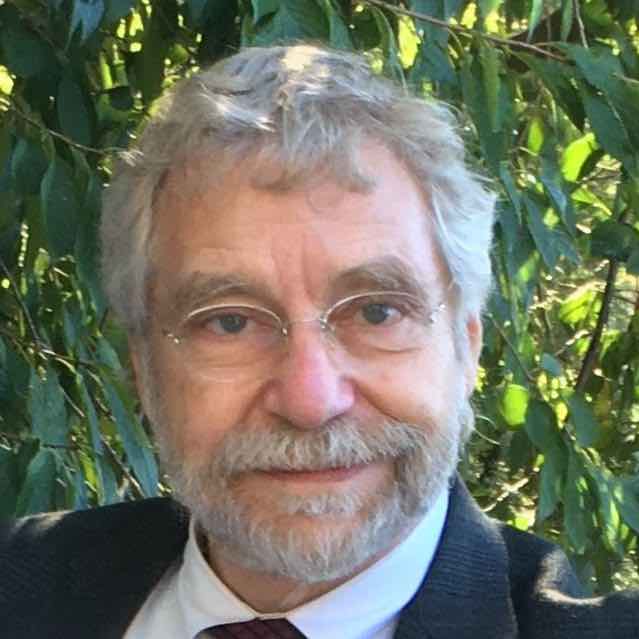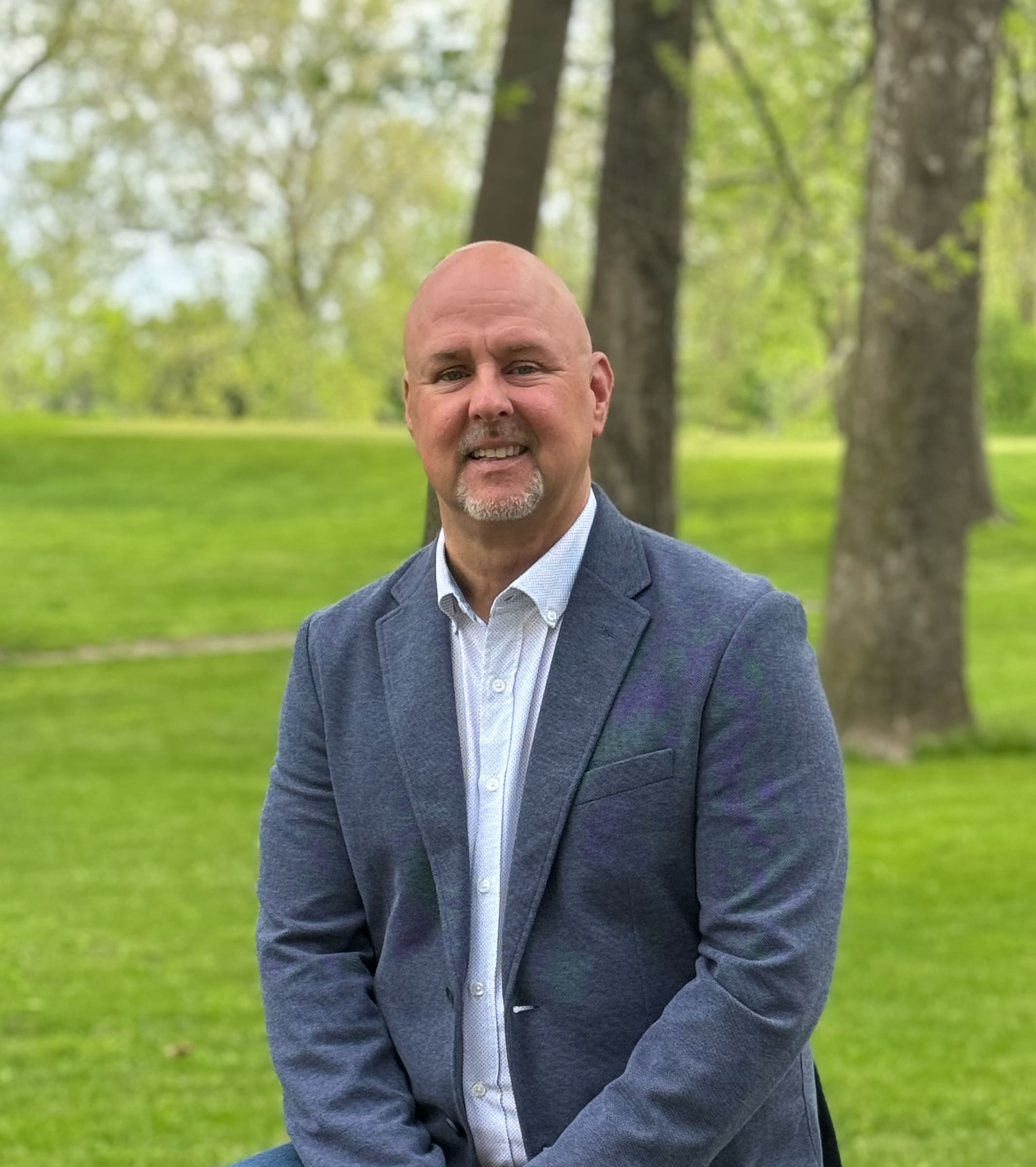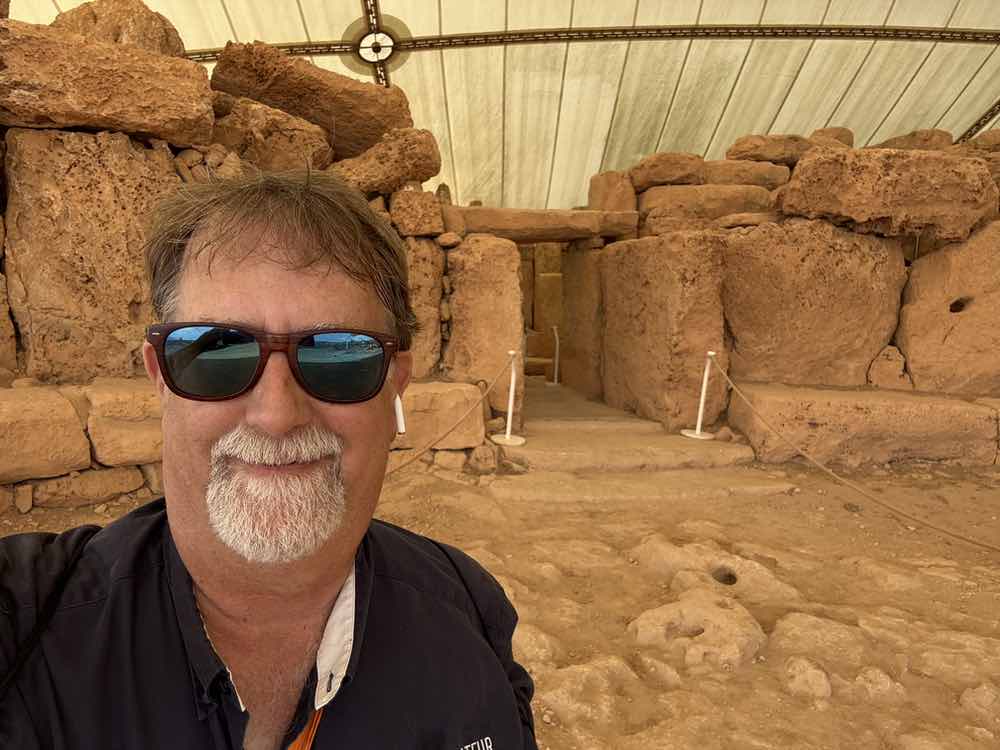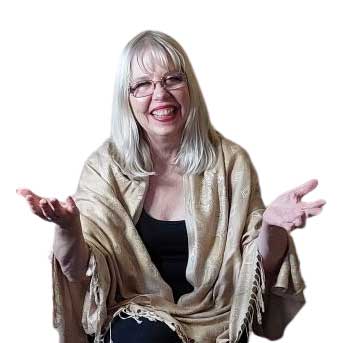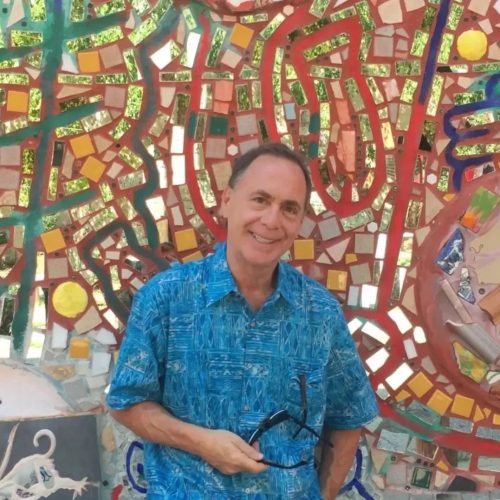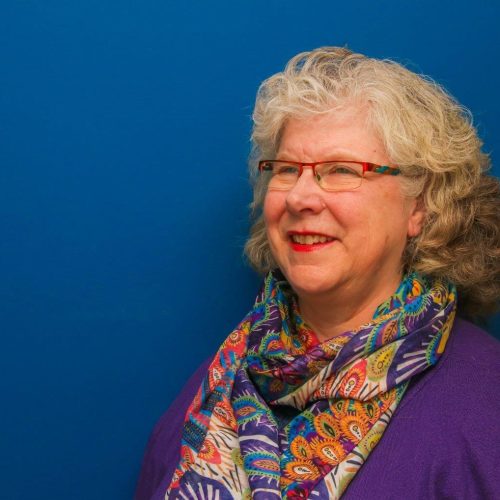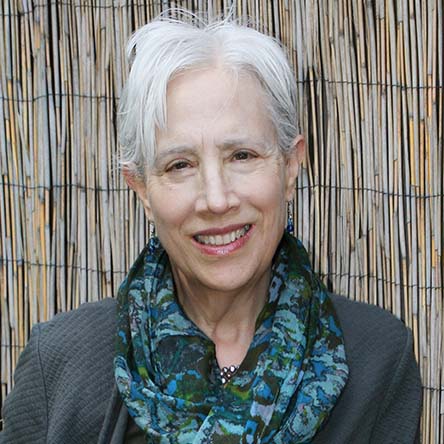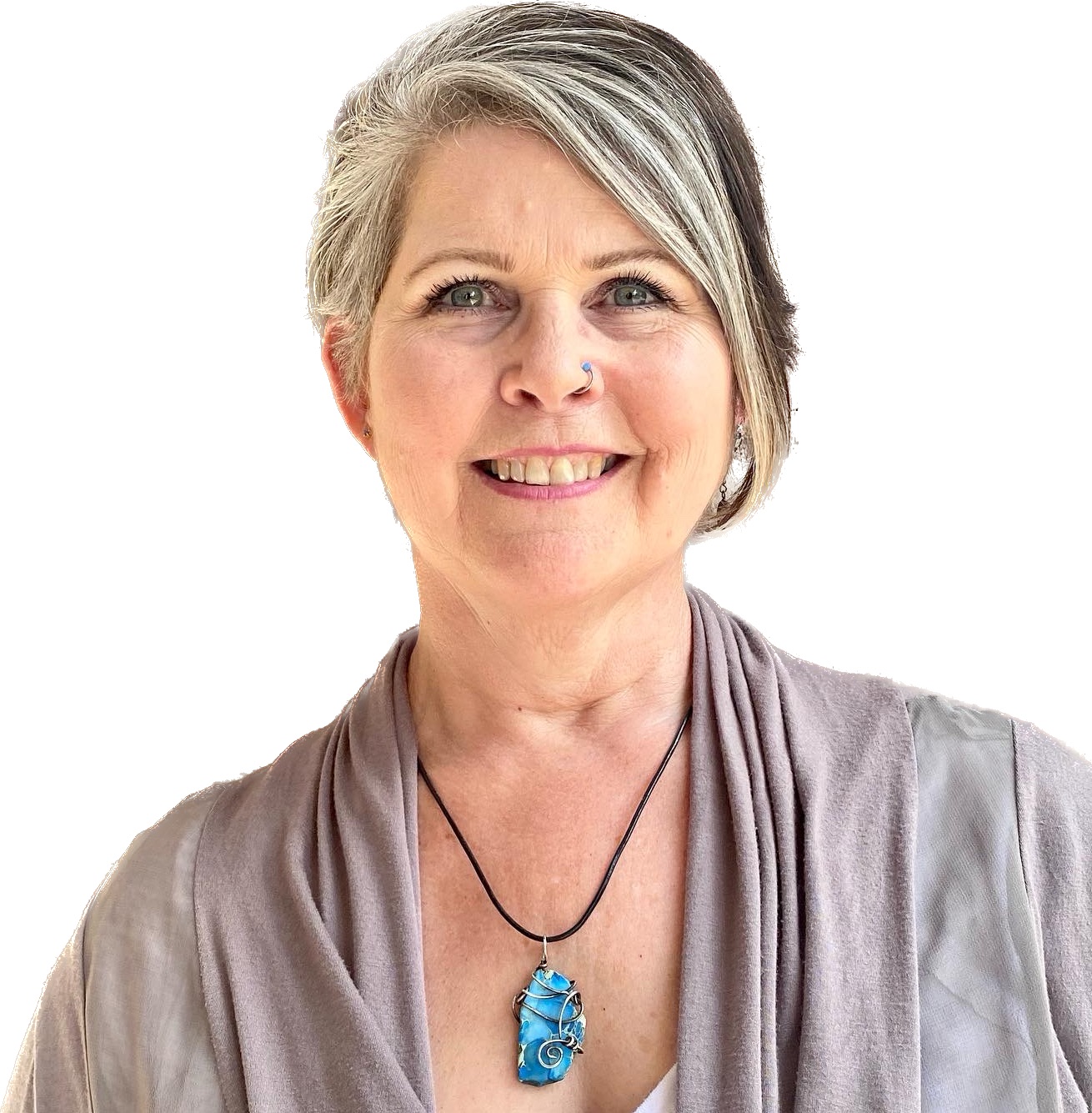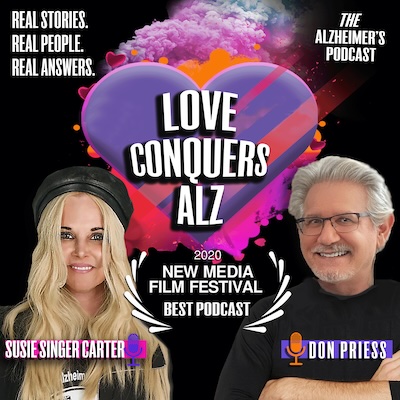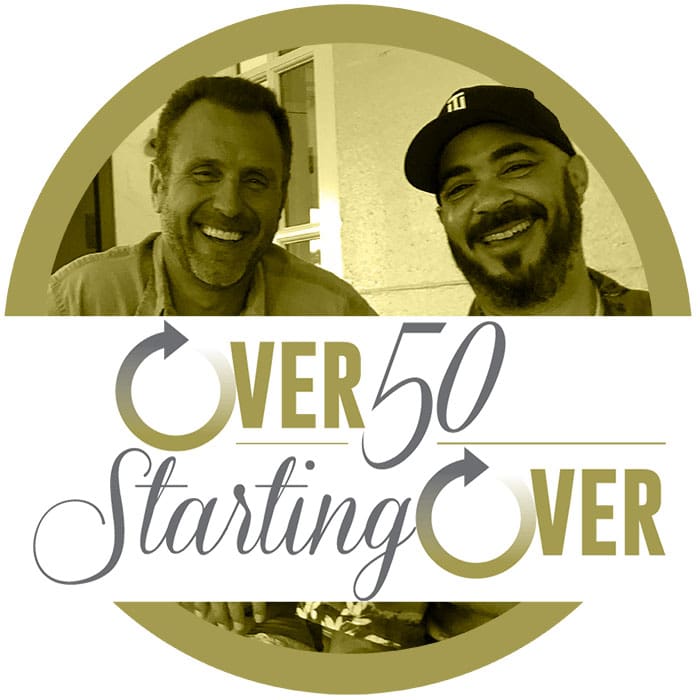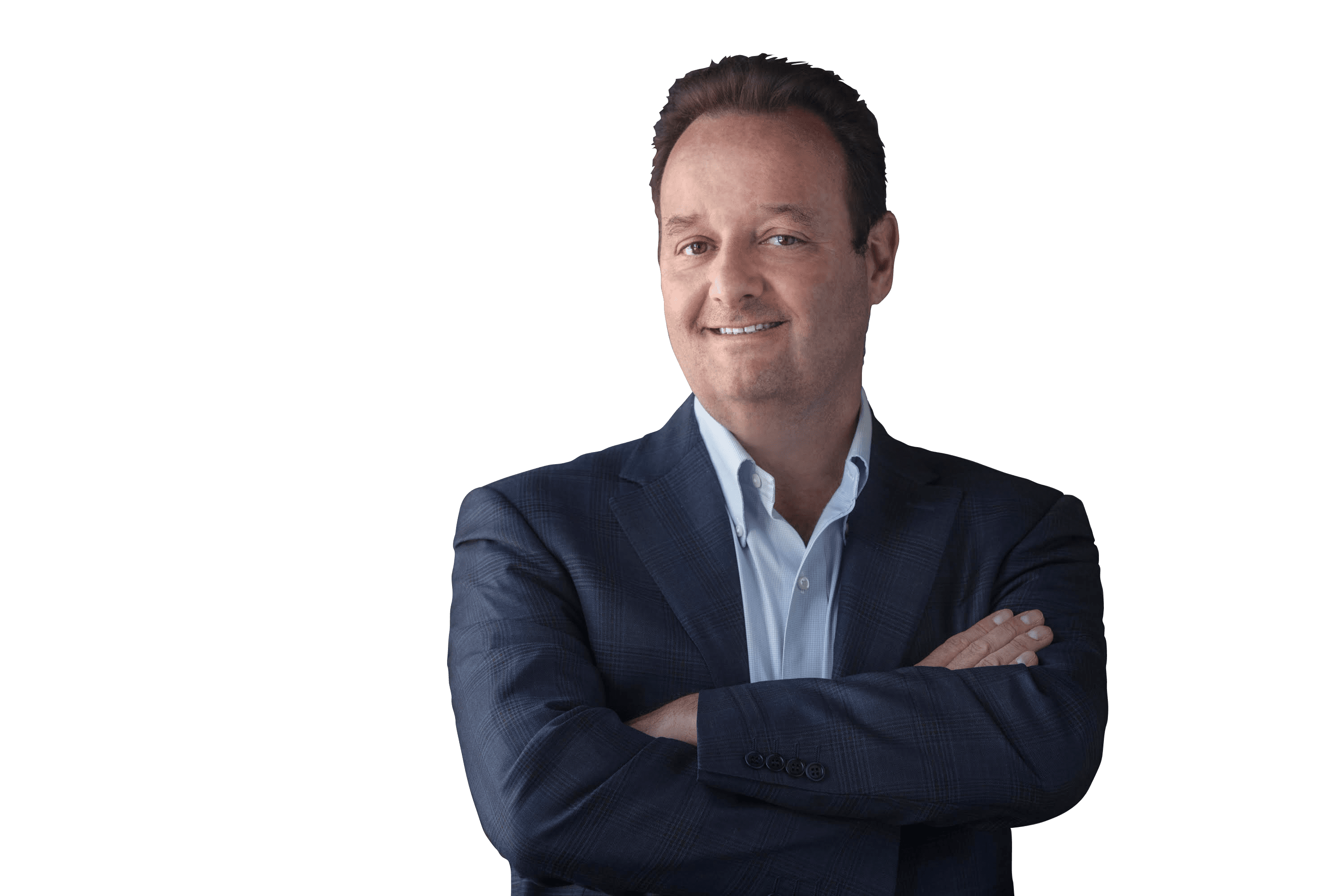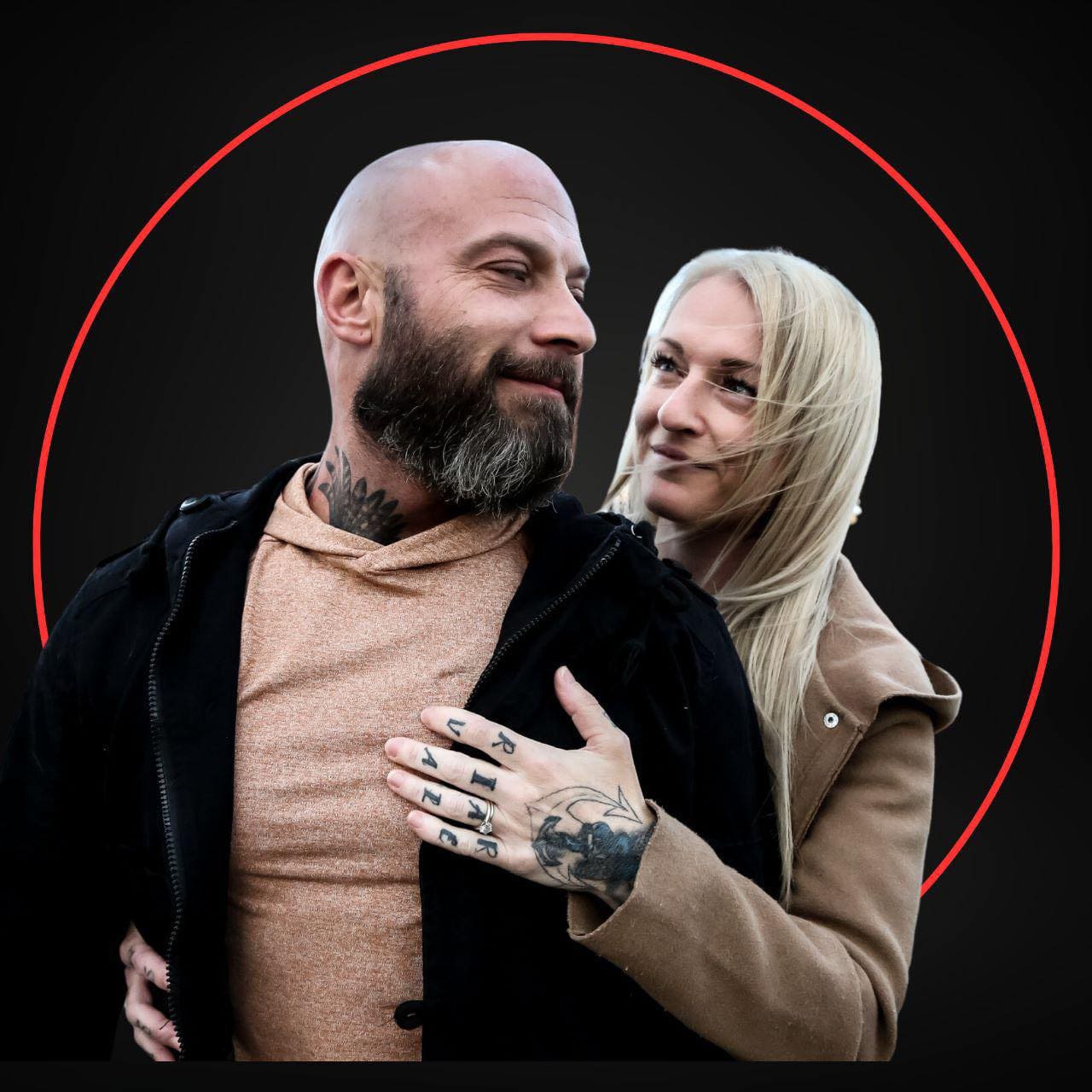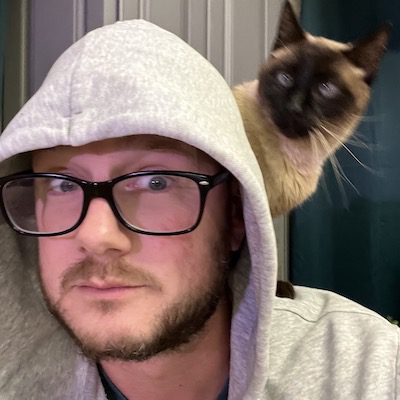Change and Consequences
Historians and Visionaries
n
One looks back and crafts a story from events; one looks forward and crafts events from a story.
n
To lead in times of dramatic change is to be a see-er (seer), to both scribe and scry. This leader peers back through the brume and draws forth past strengths and traditions to carry forward, u201cThis is who we are and this wonu2019t change.u201d The leader also imparts hope and inspires new actions and events, u201cThis is who we will become.u201d
n
I’ve come to believe that we are at a unique inflection point, one where we can correct the consequences of humanity’s past choices and shape the kind of future we want. Humanities leaders and influencers can choose to do what weu2019ve always done or plan a better future for all. Weu2019ll need both crystal balls and mirrors. Are we up for this challenge?
n
My career helping leaders make strategic change was mostly in the context of helping a company innovate or improve and then integrate those changes across the organization. In strategy or organization design workshops I encouraged leaders to first accept the need to change and then to plan what would change and when and then array people and processes to meet the challenge. I taught methodologies to innovate or improve. I created discussion and communication processes to ensure transparency and foster unity. Sometimes I was part of a program management office to ensure that the change stayed on track.
n
In these sessions I differentiated between managers, steady state shepherds of people and performance,u00a0 and leaders, responsible for providing direction and attracting followers. u201dOf course, you fill both roles,u201d I intoned.
n
At times the change seemed monumental to those involved, but the changes my clients faced werenu2019t earth-shattering. Most companies might have added a product or changed a process or two, but they stayed in the same industry. British Airways, provided better service after privatization and made some Money, but they were still an airline. BP was safer, but they still pumped oil. Perhaps the most traumatic changes were in post-merger integration where lifetime workers had to assume a different identity, but their work was much the same.
n
Past step-changes and effects
n
There are periods in human history of truly dramatic change. The shifting climate at the end of the last Ice Age, brought Neanderthals and Cro Magnon peoples together in the Middle East. How did they communicate? They probably found a way because today many contemporary humans have significant Neanderthal DNA. Neanderthals coming from the glaciated north were more hunter than gatherer. Neanderthal made beautiful and practical tools, many for killing and preparing food from animals. Cro Magnons apparently had a more plant based Diet, more nuts, and seeds and veggies. In the Fertile Crescent somewhere 11,000 to 19,000 years ago their descendants figured out how to grow food. They moved from foraging to farming.
n
The Growth of agriculture, meant people stayed more in one place. They domesticated animals, built fences and walls, and perhaps developed a more local sense of identity. Perhaps hunter gatherers, as they roamed, were more sensitive to resource use -when water, flora and fauna got scarce they moved on. Perhaps the foragers had to talk and negotiate with whomever they met and were more open of heart and hand. Was there a gatherer tongue like the trader tongues (Lingua Franca) of later years. I dunno; despite how my kids tease me (u201cPopu2019s older than dirtu201d), I really wasnu2019t there.
n
My guess is the more stationary farmers, found a seed that worked and stuck with it, (bye-bye biodiversity). They domesticated animals both for food and to help with the work. That is one commonality in humans, we are always looking for ways to make transportation, Travel, and work easier. Can you blame us – imagine plowing a field before the horse-drawn plow.
n
Making work easier, the first mechanization, the wheel, showed up in Sumer around 3500 BCE. and not just in Mesopotamia, but in what is today Eastern Europe and the Indian Indus Valley. Imagine the changes the wheel started, in worku00a0 (bigger than the spreadsheet) and travel (more earth-shrinking than Frequent Flyer miles).
n
Early people built walls to keep their animals in and wild ones out. That created a local sense of identity, and the walls, might have led to an us-vs-them ethos. Probably humans have always fought other humans u2013 u201cthatu2019s my hunting ground, buster” u2013 and the wheel just made it easier and faster to go steal your neighborsu2019 food and womenfolk. Soon you have empires, Sumer, Egypt, Babylon, Greece, Persia, Rome, to name a few.
n
Farming required record keeping, written language arrived around the same time. Traders also liked records – lists of accounts (double entry accounting had to wait until either the eleventh century (Jewish merchants in Spain) or the thirteenth century (merchants in Genoa, Florence, and Venice). Both the Indians and the Koreans also lay claim to debits and credits, but the Phoenicians only had lists of accounts of tin from Cornwall, and building materials for the founding of Carthage. The Phoenician purple-sailed coast-hugging multi-rower galley is the first in a line of earth-shrinking inventions, square-sailed, open-ocean galleons, clippers and steamships. The 22-letter Phoenician alphabet (all consonants) was the first written language of trade.
n
Written language required specialized skill u2013 scribes. The scribe trade union existed pretty much from 3500 BCE until the late fifteenth century. Scribes were attached to people of power, kings and priests – his-stories and sacred writings. In 1448 Johann Gutenberg invented moveable type and the printing press and partnered with merchant Johann Fust in Maintz in Germany to print a bible.
n
This was the first democratization of information. The Technology needed no scribes. Within one hundred and fifty years came the Reformation, the Renaissance, the Scientific Revolution and the Age of Enlightenment.
n
Writing down that science-stuff made it easier to build on each otheru2019s ideas, u201cstanding on the shoulders of giants,u201d so to speak. So then:
n
- n
- Steam engine and pullies to internal combustion engine and gears,
- Candles to whale oil to rock oil to electric lights,
- Water, wind, burning coal, and oil, and gas, to nuclear fission,
- Verbal to written language, to scribe specialization, to moveable type, to linotype and photo-offset presses, to computer typesetting, to word processing to Chat GPT.
n
n
n
n
n
Our defining characteristic as humans is continually striving to make our work easier and faster. First we domesticated animals and farmed; then we mechanized and automatedand weu2019re still doing that.
n
Humans live a comparatively short life – not as short as it used to be -but even if you hope, as I do, to become a non-drooling centenarian, it ainu2019t a long time on the watch of the Universe. So human short-term focus is understandable. We have used resources like there is no tomorrow, because for us there isnu2019t.
n
Sometimes we use our drive to innovate for our worst impulses: Greed and individual gain vs. collective good, power, control, and coercion, vs. collaboration and compassion. We use our best inventions for ill, the wheel for chariots, printing for propaganda, airplanes for bombing and strafing, fission for Nagasaki, Artificial Intelligence for u201cdeep fakes.u201d
n
Planning for the Future
n
Not all human cultures live this way. Indigenous people in North America consider seven generations when making decisions about that which is held in common. Cultures with a strong ancestor worship component to their spiritual life often live as if someone watches over them, and raise their descendants with the expectation that children must make their ancestors proud.
n
In Western cultures the one arena where humans have consistently engaged in multigenerational thinking is in our u201dEdifice Complex,u201d the buildings that commemorate our relationship with the spiritual world. Megalithic peoples built Stonehenge and New Grange over generations. Pericles planned the Acropolis project to be completed fifty years later and after his death. The Milan Duomo took 579 years to build; Cologne Cathedral was under construction for 632 years.
n
Now is the time for some u201ccathedral thinkingu201d in service of the future of humanity.
n
At one level we know what humanity needs:
n
- n
- Water and food and, shelter and clothing u2013 not just for some of us, but for all u2013 and not just this hour, week, century, but unto seven generations. This by itself is hard.
- Community u2013 reestablishing the connections between us that language, and writing, and radio waves, transistors and chips were meant to engender, but stuck our noses in books and glued our eyes to screens. Stories and songs, art and music can show us connections and commonality, but we might need to share them more in a circle holding hands.
- Growth u2013 Iu2019m not talking about ever more possessions, nature gobbling earth-ownership and fifteen minutes of electronic adulation for all u2013 but learning, perspective and meaning for the many. Self-development that enhances others.
n
n
n
n
So leaders. . . see-ers of the past and future. . . historians and heralds. . . scribes and scryers . . . help us use this moment.
n
Your ideas are welcome.
“,”tablet”:”
Historians and Visionaries
n
One looks back and crafts a story from events; one looks forward and crafts events from a story.
n
To lead in times of dramatic change is to be a see-er (seer), to both scribe and scry. This leader peers back through the brume and draws forth past strengths and traditions to carry forward, u201cThis is who we are and this wonu2019t change.u201d The leader also imparts hope and inspires new actions and events, u201cThis is who we will become.u201d
n
I’ve come to believe that we are at a unique inflection point, one where we can correct the consequences of humanity’s past choices and shape the kind of future we want. Humanities leaders and influencers can choose to do what weu2019ve always done or plan a better future for all. Weu2019ll need both crystal balls and mirrors. Are we up for this challenge?
n
My career helping leaders make strategic change was mostly in the context of helping a company innovate or improve and then integrate those changes across the organization. In strategy or organization design workshops I encouraged leaders to first accept the need to change and then to plan what would change and when and then array people and processes to meet the challenge. I taught methodologies to innovate or improve. I created discussion and communication processes to ensure transparency and foster unity. Sometimes I was part of a program management office to ensure that the change stayed on track.
n
In these sessions I differentiated between managers, steady state shepherds of people and performance, and leaders, responsible for providing direction and attracting followers. u201dOf course, you fill both roles,u201d I intoned.
n
At times the change seemed monumental to those involved, but the changes my clients faced werenu2019t earth-shattering. Most companies might have added a product or changed a process or two, but they stayed in the same industry. British Airways, provided better service after privatization and made some money, but they were still an airline. BP was safer, but they still pumped oil. Perhaps the most traumatic changes were in post-merger integration where lifetime workers had to assume a different identity, but their work was much the same.
n
Past step-changes and effects
n
There are periods in human history of truly dramatic change. The shifting climate at the end of the last Ice Age, brought Neanderthals and Cro Magnon peoples together in the Middle East. How did they communicate? They probably found a way because today many contemporary humans have significant Neanderthal DNA. Neanderthals coming from the glaciated north were more hunter than gatherer. Neanderthal made beautiful and practical tools, many for killing and preparing food from animals. Cro Magnons apparently had a more plant based diet, more nuts, and seeds and veggies. In the Fertile Crescent somewhere 11,000 to 19,000 years ago their descendants figured out how to grow food. They moved from foraging to farming.
n
The growth of agriculture, meant people stayed more in one place. They domesticated animals, built fences and walls, and perhaps developed a more local sense of identity. Perhaps hunter gatherers, as they roamed, were more sensitive to resource use -when water, flora and fauna got scarce they moved on. Perhaps the foragers had to talk and negotiate with whomever they met and were more open of heart and hand. Was there a gatherer tongue like the trader tongues (Lingua Franca) of later years. I dunno; despite how my kids tease me (u201cPopu2019s older than dirtu201d), I really wasnu2019t there.
n
My guess is the more stationary farmers, found a seed that worked and stuck with it, (bye-bye biodiversity). They domesticated animals both for food and to help with the work. That is one commonality in humans, we are always looking for ways to make transportation, travel, and work easier. Can you blame us – imagine plowing a field before the horse-drawn plow.
n
Making work easier, the first mechanization, the wheel, showed up in Sumer around 3500 BCE. and not just in Mesopotamia, but in what is today Eastern Europe and the Indian Indus Valley. Imagine the changes the wheel started, in work (bigger than the spreadsheet) and travel (more earth-shrinking than Frequent Flyer miles).
n
Early people built walls to keep their animals in and wild ones out. That created a local sense of identity, and the walls, might have led to an us-vs-them ethos. Probably humans have always fought other humans u2013 u201cthatu2019s my hunting ground, buster” u2013 and the wheel just made it easier and faster to go steal your neighborsu2019 food and womenfolk. Soon you have empires, Sumer, Egypt, Babylon, Greece, Persia, Rome, to name a few.
n
Farming required record keeping, written language arrived around the same time. Traders also liked records – lists of accounts (double entry accounting had to wait until either the eleventh century (Jewish merchants in Spain) or the thirteenth century (merchants in Genoa, Florence, and Venice). Both the Indians and the Koreans also lay claim to debits and credits, but the Phoenicians only had lists of accounts of tin from Cornwall, and building materials for the founding of Carthage. The Phoenician purple-sailed coast-hugging multi-rower galley is the first in a line of earth-shrinking inventions, square-sailed, open-ocean galleons, clippers and steamships. The 22-letter Phoenician alphabet (all consonants) was the first written language of trade.
n
Written language required specialized skill u2013 scribes. The scribe trade union existed pretty much from 3500 BCE until the late fifteenth century. Scribes were attached to people of power, kings and priests – his-stories and sacred writings. In 1448 Johann Gutenberg invented moveable type and the printing press and partnered with merchant Johann Fust in Maintz in Germany to print a bible.
n
This was the first democratization of information. The technology needed no scribes. Within one hundred and fifty years came the Reformation, the Renaissance, the Scientific Revolution and the Age of Enlightenment.
n
Writing down that science-stuff made it easier to build on each otheru2019s ideas, u201cstanding on the shoulders of giants,u201d so to speak. So then:
n
- n
- Steam engine and pullies to internal combustion engine and gears,
- Candles to whale oil to rock oil to electric lights,
- Water, wind, burning coal, and oil, and gas, to nuclear fission,
- Verbal to written language, to scribe specialization, to moveable type, to linotype and photo-offset presses, to computer typesetting, to word processing to Chat GPT.
n
n
n
n
n
Our defining characteristic as humans is continually striving to make our work easier and faster. First we domesticated animals and farmed; then we mechanized and automatedand weu2019re still doing that.
n
Humans live a comparatively short life – not as short as it used to be -but even if you hope, as I do, to become a non-drooling centenarian, it ainu2019t a long time on the watch of the Universe. So human short-term focus is understandable. We have used resources like there is no tomorrow, because for us there isnu2019t.
n
Sometimes we use our drive to innovate for our worst impulses: Greed and individual gain vs. collective good, power, control, and coercion, vs. collaboration and compassion. We use our best inventions for ill, the wheel for chariots, printing for propaganda, airplanes for bombing and strafing, fission for Nagasaki, artificial intelligence for u201cdeep fakes.u201d
n
Planning for the Future
n
Not all human cultures live this way. Indigenous people in North America consider seven generations when making decisions about that which is held in common. Cultures with a strong ancestor worship component to their spiritual life often live as if someone watches over them, and raise their descendants with the expectation that children must make their ancestors proud.
n
In Western cultures the one arena where humans have consistently engaged in multigenerational thinking is in our u201dEdifice Complex,u201d the buildings that commemorate our relationship with the spiritual world. Megalithic peoples built Stonehenge and New Grange over generations. Pericles planned the Acropolis project to be completed fifty years later and after his death. The Milan Duomo took 579 years to build; Cologne Cathedral was under construction for 632 years.
n
Now is the time for some u201ccathedral thinkingu201d in service of the future of humanity.
n
At one level we know what humanity needs:
n
- n
- Water and food and, shelter and clothing u2013 not just for some of us, but for all u2013 and not just this hour, week, century, but unto seven generations. This by itself is hard.
- Community u2013 reestablishing the connections between us that language, and writing, and radio waves, transistors and chips were meant to engender, but stuck our noses in books and glued our eyes to screens. Stories and songs, art and music can show us connections and commonality, but we might need to share them more in a circle holding hands.
- Growth u2013 Iu2019m not talking about ever more possessions, nature gobbling earth-ownership and fifteen minutes of electronic adulation for all u2013 but learning, perspective and meaning for the many. Self-development that enhances others.
n
n
n
n
So leaders. . . see-ers of the past and future. . . historians and heralds. . . scribes and scryers . . . help us use this moment.
n
Your ideas are welcome.
“}},”slug”:”et_pb_text”}” data-et-multi-view-load-tablet-hidden=”true”>
Historians and Visionaries
One looks back and crafts a story from events; one looks forward and crafts events from a story.
To lead in times of dramatic change is to be a see-er (seer), to both scribe and scry. This leader peers back through the brume and draws forth past strengths and traditions to carry forward, “This is who we are and this won’t change.” The leader also imparts hope and inspires new actions and events, “This is who we will become.”
I’ve come to believe that we are at a unique inflection point, one where we can correct the consequences of humanity’s past choices and shape the kind of future we want. Humanities leaders and influencers can choose to do what we’ve always done or plan a better future for all. We’ll need both crystal balls and mirrors. Are we up for this challenge?
My career helping leaders make strategic change was mostly in the context of helping a company innovate or improve and then integrate those changes across the organization. In strategy or organization design workshops I encouraged leaders to first accept the need to change and then to plan what would change and when and then array people and processes to meet the challenge. I taught methodologies to innovate or improve. I created discussion and communication processes to ensure transparency and foster unity. Sometimes I was part of a program management office to ensure that the change stayed on track.
In these sessions I differentiated between managers, steady state shepherds of people and performance, and leaders, responsible for providing direction and attracting followers. ”Of course, you fill both roles,” I intoned.
At times the change seemed monumental to those involved, but the changes my clients faced weren’t earth-shattering. Most companies might have added a product or changed a process or two, but they stayed in the same industry. British Airways, provided better service after privatization and made some money, but they were still an airline. BP was safer, but they still pumped oil. Perhaps the most traumatic changes were in post-merger integration where lifetime workers had to assume a different identity, but their work was much the same.
Past step-changes and effects
There are periods in human history of truly dramatic change. The shifting climate at the end of the last Ice Age, brought Neanderthals and Cro Magnon peoples together in the Middle East. How did they communicate? They probably found a way because today many contemporary humans have significant Neanderthal DNA. Neanderthals coming from the glaciated north were more hunter than gatherer. Neanderthal made beautiful and practical tools, many for killing and preparing food from animals. Cro Magnons apparently had a more plant based diet, more nuts, and seeds and veggies. In the Fertile Crescent somewhere 11,000 to 19,000 years ago their descendants figured out how to grow food. They moved from foraging to farming.
The growth of agriculture, meant people stayed more in one place. They domesticated animals, built fences and walls, and perhaps developed a more local sense of identity. Perhaps hunter gatherers, as they roamed, were more sensitive to resource use -when water, flora and fauna got scarce they moved on. Perhaps the foragers had to talk and negotiate with whomever they met and were more open of heart and hand. Was there a gatherer tongue like the trader tongues (Lingua Franca) of later years. I dunno; despite how my kids tease me (“Pop’s older than dirt”), I really wasn’t there.
My guess is the more stationary farmers, found a seed that worked and stuck with it, (bye-bye biodiversity). They domesticated animals both for food and to help with the work. That is one commonality in humans, we are always looking for ways to make transportation, travel, and work easier. Can you blame us – imagine plowing a field before the horse-drawn plow.
Making work easier, the first mechanization, the wheel, showed up in Sumer around 3500 BCE. and not just in Mesopotamia, but in what is today Eastern Europe and the Indian Indus Valley. Imagine the changes the wheel started, in work (bigger than the spreadsheet) and travel (more earth-shrinking than Frequent Flyer miles).
Early people built walls to keep their animals in and wild ones out. That created a local sense of identity, and the walls, might have led to an us-vs-them ethos. Probably humans have always fought other humans – “that’s my hunting ground, buster” – and the wheel just made it easier and faster to go steal your neighbors’ food and womenfolk. Soon you have empires, Sumer, Egypt, Babylon, Greece, Persia, Rome, to name a few.
Farming required record keeping, written language arrived around the same time. Traders also liked records – lists of accounts (double entry accounting had to wait until either the eleventh century (Jewish merchants in Spain) or the thirteenth century (merchants in Genoa, Florence, and Venice). Both the Indians and the Koreans also lay claim to debits and credits, but the Phoenicians only had lists of accounts of tin from Cornwall, and building materials for the founding of Carthage. The Phoenician purple-sailed coast-hugging multi-rower galley is the first in a line of earth-shrinking inventions, square-sailed, open-ocean galleons, clippers and steamships. The 22-letter Phoenician alphabet (all consonants) was the first written language of trade.
Written language required specialized skill – scribes. The scribe trade union existed pretty much from 3500 BCE until the late fifteenth century. Scribes were attached to people of power, kings and priests – his-stories and sacred writings. In 1448 Johann Gutenberg invented moveable type and the printing press and partnered with merchant Johann Fust in Maintz in Germany to print a bible.
This was the first democratization of information. The technology needed no scribes. Within one hundred and fifty years came the Reformation, the Renaissance, the Scientific Revolution and the Age of Enlightenment.
Writing down that science-stuff made it easier to build on each other’s ideas, “standing on the shoulders of giants,” so to speak. So then:
- Steam engine and pullies to internal combustion engine and gears,
- Candles to whale oil to rock oil to electric lights,
- Water, wind, burning coal, and oil, and gas, to nuclear fission,
- Verbal to written language, to scribe specialization, to moveable type, to linotype and photo-offset presses, to computer typesetting, to word processing to Chat GPT.
Our defining characteristic as humans is continually striving to make our work easier and faster. First we domesticated animals and farmed; then we mechanized and automatedand we’re still doing that.
Humans live a comparatively short life – not as short as it used to be -but even if you hope, as I do, to become a non-drooling centenarian, it ain’t a long time on the watch of the Universe. So human short-term focus is understandable. We have used resources like there is no tomorrow, because for us there isn’t.
Sometimes we use our drive to innovate for our worst impulses: Greed and individual gain vs. collective good, power, control, and coercion, vs. collaboration and compassion. We use our best inventions for ill, the wheel for chariots, printing for propaganda, airplanes for bombing and strafing, fission for Nagasaki, artificial intelligence for “deep fakes.”
Planning for the Future
Not all human cultures live this way. Indigenous people in North America consider seven generations when making decisions about that which is held in common. Cultures with a strong ancestor worship component to their spiritual life often live as if someone watches over them, and raise their descendants with the expectation that children must make their ancestors proud.
In Western cultures the one arena where humans have consistently engaged in multigenerational thinking is in our ”Edifice Complex,” the buildings that commemorate our relationship with the spiritual world. Megalithic peoples built Stonehenge and New Grange over generations. Pericles planned the Acropolis project to be completed fifty years later and after his death. The Milan Duomo took 579 years to build; Cologne Cathedral was under construction for 632 years.
Now is the time for some “cathedral thinking” in service of the future of humanity.
At one level we know what humanity needs:
- Water and food and, shelter and clothing – not just for some of us, but for all – and not just this hour, week, century, but unto seven generations. This by itself is hard.
- Community – reestablishing the connections between us that language, and writing, and radio waves, transistors and chips were meant to engender, but stuck our noses in books and glued our eyes to screens. Stories and songs, art and music can show us connections and commonality, but we might need to share them more in a circle holding hands.
- Growth – I’m not talking about ever more possessions, nature gobbling earth-ownership and fifteen minutes of electronic adulation for all – but learning, perspective and meaning for the many. Self-development that enhances others.
So leaders. . . see-ers of the past and future. . . historians and heralds. . . scribes and scryers . . . help us use this moment.
Your ideas are welcome.
The post Change and Consequences appeared first on Wisdom from Unusual Places.
Originally Published on https://wisdomfromunusualplaces.com/blog/


